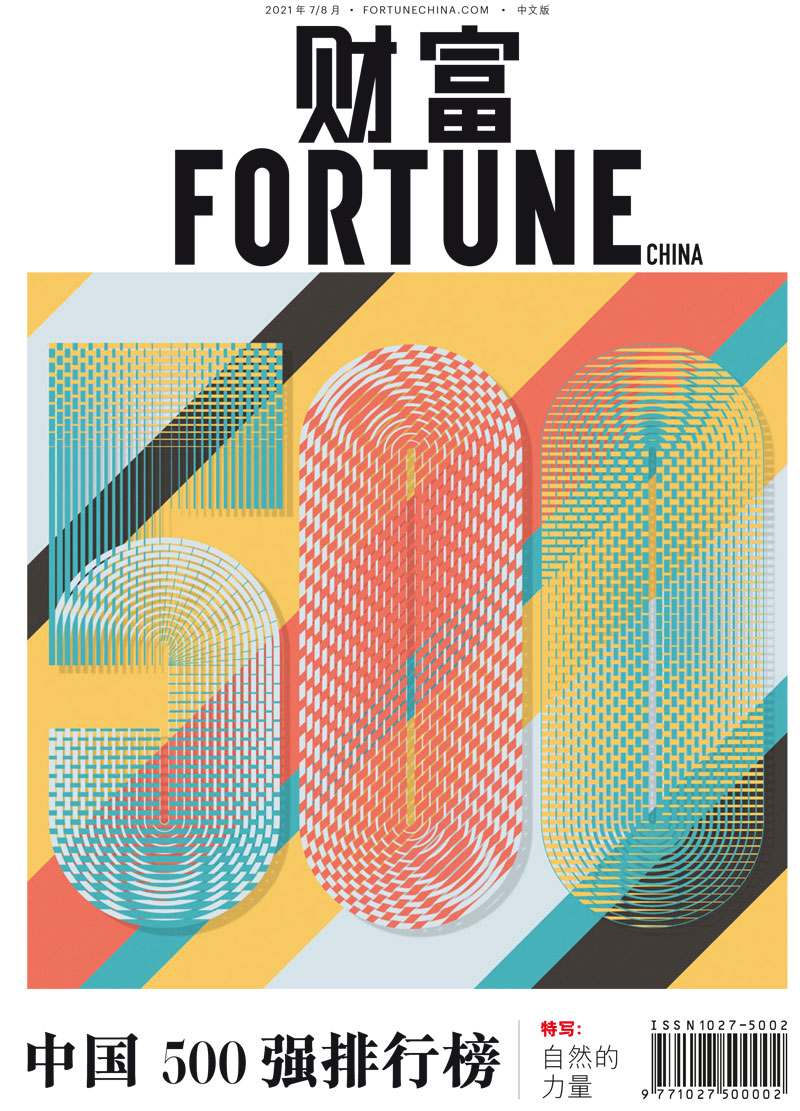马基奥尼的智慧
|
2008年,米特•罗姆尼在《纽约时报》(New York Times)上发表了一篇名为《让底特律破产吧》(Let Detroit Go Bankrupt)的专栏文章。他认为,如果无条件给予美国车企紧急救助,就等于让三巨头继续走死路,“那你们就可以彻底和美国汽车业吻别了”。不过近来,这位共和党大佬开始颇加赞许地把政府强制实施的结构性破产比喻为他在贝恩资本(Bain Capital)的工作。几天前他在南卡罗莱纳州表示:“美国总统在监管通用(GM)和克莱斯勒(Chrysler)上所做的工作与私募股权行业的做法类似。要想拯救一家企业,你必须砍掉旁枝末节,回到有助于企业收益的核心业务上。” 破产重组后的克莱斯勒将于今年2月1日公布全年财报,这也是自2006年以来克莱斯勒的净利润第一次有望转负为正的一年。这一切离不开一个人的功劳——菲亚特-克莱斯勒的CEO塞尔吉奥•马基奥尼。凭借着过人的智慧、充沛的精力和充足的自信,马基奥尼接手了克莱斯勒,他选择了一支管理团队,制订了产品计划,设立了一系列业绩目标。克莱斯勒居然一一完成了这些目标,这让许多行业观察人士深感惊讶,他们现在甚至仍然不知道马基奥尼是如何做到这一切的。 要想知道马基奥尼是怎样做到的,只要看看他是怎样领导菲亚特扭亏为盈就可以了。当时在连续亏损6年后,菲亚特在马基奥尼的领导下首次实现盈利,期间与通用公司和平分手,还从当时现金短缺的通用汽车手中拿到了20亿美元的分手费。 《华尔街日报》(Wall Street Journal)总编珍妮弗•克拉克的新书《阿涅利家族:菲亚特、克莱斯勒,以及一个王朝的力量》(Mondo Agnelli: Fiat, Chrysler, and the Power of a Dynasty)一书用新的视角审视了马基奥尼的管理方法。 马基奥尼曾受过会计和律师培训,也曾有过企业经理人的经验,但当2004年阿涅利家族选择他来拯救江河日下的菲亚特时,马基奥尼还没有任何汽车行业的经验。不过就像后来在克莱斯勒时一样,马基奥尼当时很快控制住了事态。花几个月时间了解公司情况后,马基奥尼选择了一支自己的管理团队,让那些精力充沛、愿意承担风险的人充当要职,然后在工作中对他们进行评估。在挑选好管理团队后,他让2000多个不称职的员工提前退休了。 接下来,马基奥尼把所有的高管叫到一间屋子里,制定了一个商业计划。在精简掉几个管理层级之后,他开始向各种耗费时间的委员会开刀,然后建立了一个集团执行委员会取而代之,将拖拉机和卡车等单独的业务部门聚集到一起。其后,他组建了一只24人的团队来运营菲亚特汽车公司。马基奥尼的理念是要使公司的各个部门相互充分交流,从而提高菲亚特的反应速度和效率。在过去的体系下,菲亚特的三个品牌——菲亚特、阿尔法罗密欧(Alfa Romeo)和蓝旗亚(Lancia)分别隶属独立的业务部门,各自负责自己的招聘、采购和生产。克拉克引用了一位工程师的话:“他们甚至连一根螺丝钉也不共享”,仿佛时光压根儿没进入20世纪90年代。 菲亚特的另一个重大问题,在于它把汽车的研发任务完全交到了工程师手中。工程师完成工作之后,就把汽车扔给销售和市场团队,告诉他们应该卖出多少台,按什么价格去卖。这个流程注定是低效的,而且必然会使公司各个部门之间产生争端。 马基奥尼上任后,许多人都没有好日子过了。管理委员会的会议通常在周末召开,有时马基奥尼还会突然发飙当场炒人鱿鱼。有一次一位经理自夸道,他把一次较大的损失挽救成了较小的损失。结果马基奥尼当场顶了回去:“我这里不需要赔了钱还很高兴的人,我要的是想尽办法挣钱的人。你可以走了。” |
In 2008, Mitt Romney wrote a New York Times op-ed titled "Let Detroit Go Bankrupt." He argued then that if the auto companies got a bailout, "you can kiss the American automotive industry goodbye." Lately, however, the Republican frontrunner has begun to favorably compare the government-imposed structured bankruptcies to his work at Bain Capital. "What the president has done overseeing GM and Chrysler has been reminiscent of what people in the private equity industry do," he said a few days ago in South Carolina. "To try and save the business, you have to cut back to a core that matches the revenue of the business." In fact, the restructured Chrysler is expected to report a net profit for the first time since 2006 when it releases its full-year results on Feb. 1. And it is not unfair to give the lion's share of the credit to one man: Fiat-Chrysler CEO Sergio Marchionne. With his lightning-quick mind, boundless energy, and utter self-confidence, he took over the company, selected a management team, created a product plan, and established a set of performance targets. Chrysler's ability to hit them was a huge surprise to industry watchers who still don't have a clear idea of how he pulled it off. For insight, they need only look back at Marchionne's turnaround at Fiat, when he made the Italian automaker profitable for the first time six years and extracted $2 billion from a cash-strapped GM (GM, Fortune 500) in the process. New insight into Marchionne's methods are the core of a new book by the Wall Street Journal's longtime Rome bureau chief Jennifer Clark, Mondo Agnelli: Fiat, Chrysler, and the Power of a Dynasty. An accountant and lawyer by training and a corporate manager by experience, Marchionne had no auto industry experience when the Agnelli family picked him to save the failing Fiat in 2004. As he would later do at Chrysler, Marchionne took matters into his own hands. He selected his own management team after months of walking around at the company, looking for energetic risk-takers and evaluating them on the spot. After picking his team, he sent 2,000 of his rejects off to early retirement. Clark relates how Marchionne's next step was to put all of his executives together in one room to come up with a business plan. Having wiped out several layers of management, he now eliminated time-killing committees, replacing them with a Group Executive Council to bring together disparate operations like tractors and trucks. Then he formed a 24-person team to run Fiat Auto. The idea was to make Fiat quicker and more efficient by getting all parts of the company to talk to one another. Under the old system, Fiat's three brands -- Fiat, Alfa Romeo, and Lancia -- were run as separate business units that did their own hiring, purchasing, and engineering. "They didn't even share one screw," Clark quotes one engineer as saying. It was if the 1990s had never happened. Just as deadly was Fiat's practice of putting car development entirely in the hands of engineers. When the engineers were done, they would throw the car "over the wall" to sales and marketing teams with instructions on how many to sell and at what price, Clark notes. It was a process that was guaranteed to be inefficient and to create disputes between different parts of the company. The new life under Marchionne wasn't easy. Management committee meetings were often held on weekends, and on-the-spot firings were not unheard of. After one manager patted himself on the back for turning a big loss into a smaller one, Marchionne went after him. "I don't need people in here who are happy to lose money," Clark quotes him as saying. "I want people who culturally are all about making money. You are free to go." |












